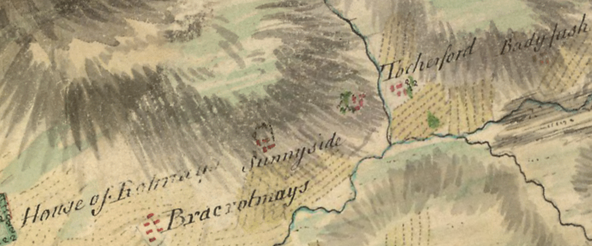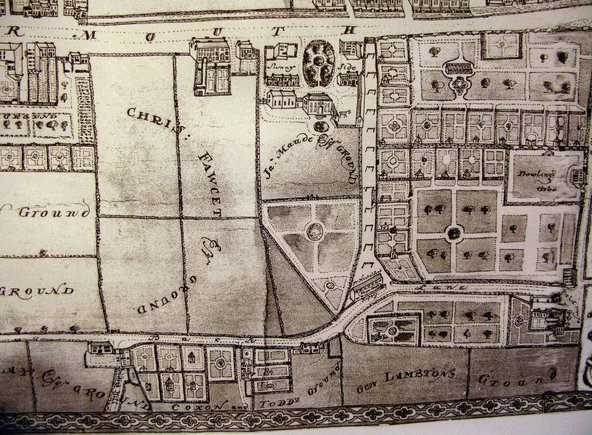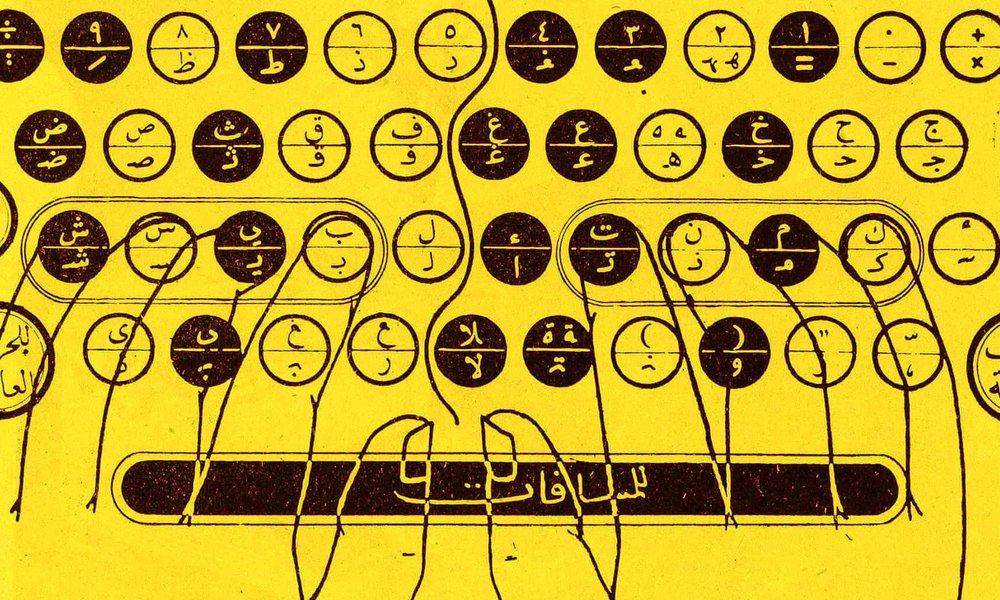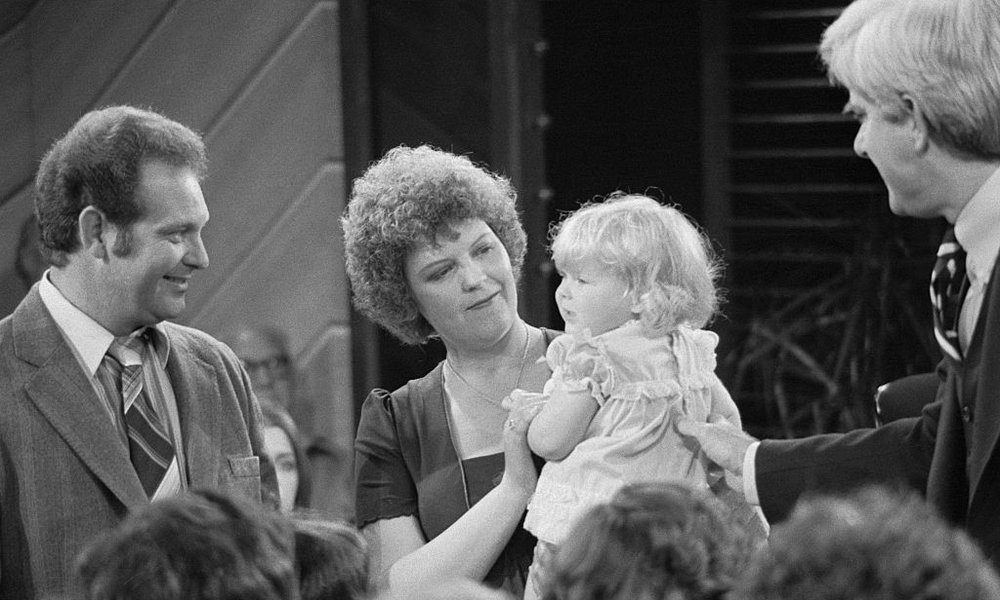How house names tell the story of centuries of social change in Britain
by Dr Laura Wright
19 Mar 2020
The subject of my book Sunnyside: A Sociolinguistic History of British House Names sounds somehow… trivial. Yet a house is likely to be the most important and expensive thing a person ever purchases. House names are known of from the oldest English literature – the meadhall in the epic poem Beowulf is named Heorot – and a County Council Conservation Officer reports that householders are known to invent bogus historic names (“Manor Farm”) to add value to their property.
The turning point is the period in which British house names consolidated – that is, when Lyndhurst, Parkfield, Oakdean came to sound right for domestic houses in contradistinction to, say, Dobbin, which sounds right for a donkey, or the Flying Scotsman for a train, or the Great Eastern for a steamship. Names have cultural associations, so that native English-speakers know that Buttercup and Flopsy do not fit house-name expectations, although they do fit naming expectations for cows and pet rabbits. So, when and how did the British set of house-naming conventions come about? How old are they? Who set the trends?

The oldest London house names
To understand how Lyndhurst, Parkfield, Oakdean and their ilk came into being, I assembled the oldest London house names and found that the pattern that emerged was stable: medieval houses were named after the householder, the householder’s occupation and the appearance of the house. Examples of buildings named after the householder are Lodebure (in a manuscript dated between 1181-1203) ‘Hlotha’s manor-house’, Drinkewaterestauerne (1328), Gladewyneshouse (1328). Examples of houses named after the householder’s occupation are le Taninghus (1298), le Webbeloft ‘weavers’ loft’ (1317), la fforge (1357). Examples of houses named after their appearance are la fflint Halle (1312), le Crokedhous (1335), le Grenegate (1398). In the early 1300s, a new naming pattern becomes visible in the documentary record: the addition of the heraldic-emblem names which are still in use as the names of pubs – le Swan (1319), la Cardinaleshat (1349), Sarazineshed (1356) – which were also the names of shops, together with synecdochal names (where the part stands for the whole): atte Basket (1319), le Tonne (1386), le Potte (1387), le Panyer (1396). There is no evidence of Lyndhurst, Parkfield, or Oakdean-type names; they came much later.
How new railways changed house naming conventions
Apart from a tendency over the centuries to combine building-names and trade-names (such as London shops named the Three Cover’d Chairs & Walnut Tree in St Paul’s Churchyard or the Naked Boy & Coffin in Turnagain Lane), this naming pattern continued until the coming of the railways in the 1840s. The new railways gave rise to the building of suburbs. By the 1860s, workers could commute by train. The new suburban houses were ripe for naming because numbering could only be sequential once all the houses in a street had been built. A new class of people had become householders – and thus house-namers.
The new house-namers could name their houses anything they wanted, but in practice their categories were few and derived largely from the stately-home naming tradition. Stately homes are named after the local village, so all the elements of British place-names became viable candidates for house names. The largest category is the transferred place-name, such as Clovelly Cottage, Finchley – Clovelly in Devon being nowhere near Finchley, Middlesex. This was followed by the nostalgically rural (Orchard House), the commemorative (Trafalgar House), names associated with the nobility (Grosvenor Lodge) and popular culture (Ivanhoe, named after Sir Walter Scott’s 1819 novel of that name). The commemorative category can express the views of the householder in light-hearted ways (Mon Repos, Sans Souci, Dunroamin) as well as nationalistic ones. The new Victorian suburbanites caused a new naming category to come into fashion, which I have called ‘pick & mix’ in homage to Woolworth’s sweet counter, where you uncoupled a sweetie from its usual partners and made your own selection. Examples are Ferncroft, Elmdene and Roselea, which sound like traditional English village names but are newly assembled from plant and place-name elements.

Where does the name Sunnyside come from?
Sunnyside, it turns out, has a long and complex history involving (in reverse order) extremely wealthy Victorian industrialists, Victorian celebrities Sir Walter Scott and Washington Irving, 18th-19th century northern nonconformist and North American churches, 16th-17th century Scottish land-tenure, and prehistoric Nordic farming practice across Scandinavia into Finland. I track Sunnyside back through Middle English, Older Scots, Scottish Gaelic, Medieval Latin and Old Norse. In more modern times, 1859 is the date of the first London house I can find bearing the name Sunnyside, owned by a nonconformist industrialist in Avenue Road, St John’s Wood. The Evening Standard of 7 February 2020 (“£75m home record breaker/New St John’s Wood mansion is most expensive property to go on London market”) devotes the entirety of page three to a plot just a few doors along from this early suburban Sunnyside. Although the original Avenue Road mansions have since been knocked down and built up again, the social cachet bestowed by Sunnyside still holds.
The cultural heritage of historic house names
Just as the common given names Robert, Alice, William, Emma, Richard, Geoffrey have remained popular across the British social classes since they were introduced by the Anglo-Normans in 1066, there has been a cultural agreement across all social classes with regard to house-naming. British historic house names have held steady over a thousand years or so, with occasional developments such as the introduction of the heraldic names or pick & mix names. They transcend local language boundaries and constitute evidence for social history and social geography. Historic house names are a bit of overlooked – and thus undervalued – cultural heritage.
Dr Laura Wright works on the history of Standard English and the London dialect. She is the author of Sunnyside: A Sociolinguistic History of British House Names, which was published as a British Academy Monograph.

